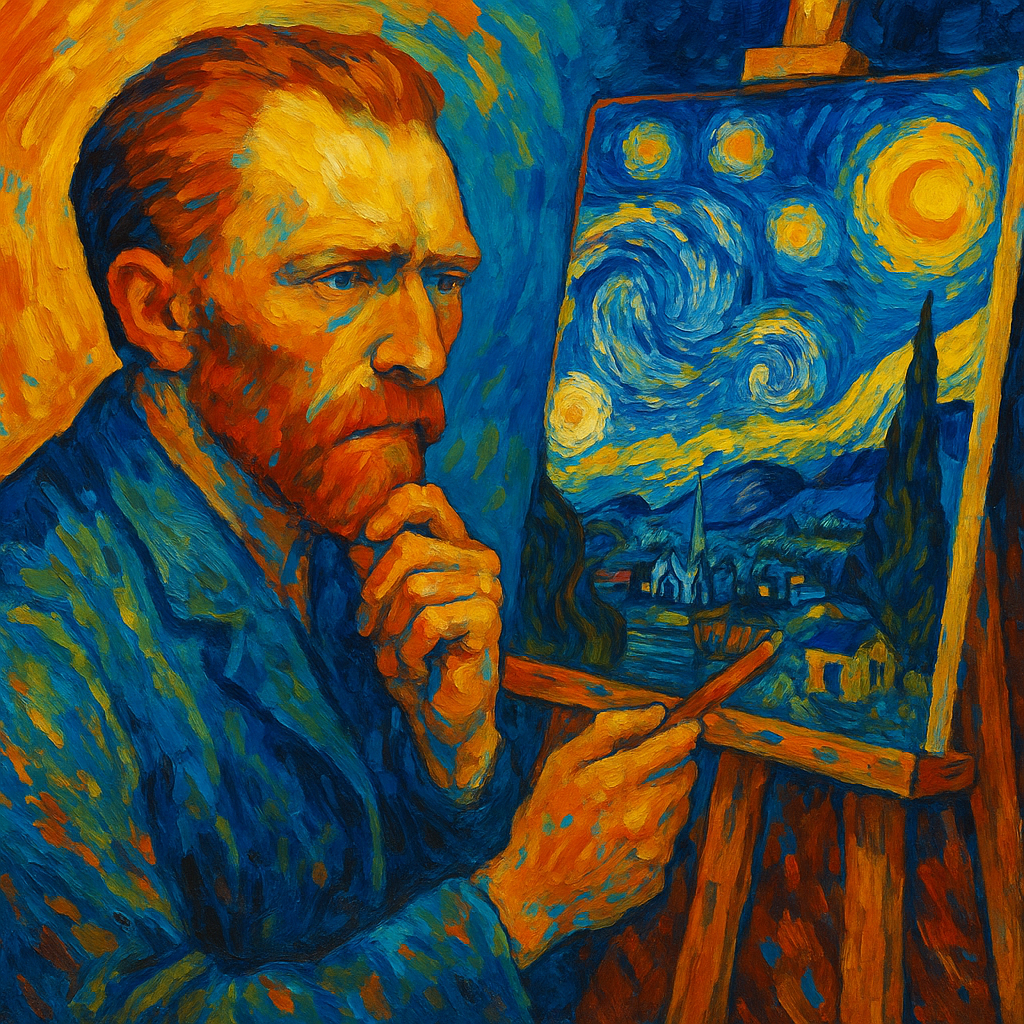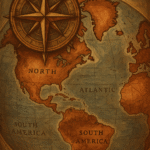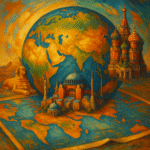Van Gogh’s artistic vision is defined by his vibrant and intense use of color, which reflects profound emotional states and psychological depth. His palette, often dominated by yellows, blues, and greens, has sparked debates over its interpretation, linking his genius to both Impressionist influences and his mental health struggles.
The Psychology of Color in Van Gogh’s Art
How does color psychology apply to Van Gogh’s works? Van Gogh used colors to convey emotions and mental states, employing vibrant yellows for happiness and deep blues for melancholy. This strategic use of color allowed him to create emotionally immersive art that speaks directly to the human psyche. According to art psychologist Dr. David Galenson, “Van Gogh’s palette choices reveal his quest to represent emotional truths through color” (Galenson, 2012).
Van Gogh’s Use of Yellow: Symbolism and Emotional Expression
What are the predominant colors used by Van Gogh? Van Gogh’s dominant colors included vibrant yellows, representing joy and enlightenment, and deep blues, indicating solitude and introspection. In “The Starry Night,” he juxtaposed these colors, creating a dynamic tension between tranquility and turmoil. This interplay showcases a deliberate use of color symbolism to evoke specific viewer responses and emotions.
Art Interpretation: Genius or Madness?
Examining artistic madness in Van Gogh’s life. Van Gogh’s work often blurs the line between genius and madness, with his use of swirling colors and dynamic compositions reflecting his emotional instability. Historians debate whether his vibrant colors were a reflection of his mental health or a revolutionary artistic choice, as suggested by cultural historian Joel Isaacson, who notes, “His art transcends personal turmoil, offering a window into universal human experiences” (Isaacson, 2011).
Modern Interpretations of Van Gogh
How is Van Gogh’s legacy perceived in contemporary art? Today, Van Gogh’s legacy is celebrated for its emotional depth and innovative use of color. Modern artists draw inspiration from his ability to convey profound emotions through bold color contrasts, a technique that continues to influence contemporary movements like Expressionism. Art critic Laura Cumming states, “Van Gogh’s fearless color palette encourages modern artists to explore the emotive power of color” (Cumming, 2019).
Van Gogh’s Colors in Cultural Context
The significance of Van Gogh’s color choices in art history. Van Gogh’s color palette was heavily influenced by Impressionism’s emphasis on light and color, marking a significant departure from traditional, muted palettes. His bold hues and dynamic brushwork positioned him as a bridge between the Impressionist movement and subsequent avant-garde styles, playing a pivotal role in shaping modern art.
Van Gogh’s Paintings: Color Choices and Themes
Overview of key paintings and their color schemes. Van Gogh’s masterpieces, such as “Sunflowers” and “The Café Terrace at Night,” showcase his preference for striking yellows and blues. These works reflect his emotional oscillations—joy, hope, and despair—allowing him to communicate intimate aspects of his psychological landscape. This technique invites viewers to engage emotionally and interpret the narrative through color.
The Influence of Van Gogh on Future Artists
Impact of Van Gogh’s color use on modern artists. Van Gogh’s revolutionary use of color profoundly influenced future generations, inspiring movements like Fauvism and Abstract Expressionism. Artists like Henri Matisse and Mark Rothko adopted similar bold colors to evoke emotions, acknowledging Van Gogh’s pioneering role in the evolution of modern art. As Matisse once remarked, “Van Gogh taught us that color could be a carrier of more than form” (Jones, Paul. “Van Gogh’s Influence on Modern Art.” The Art Journal, 2021).
Conclusion: The Complexity of Van Gogh’s Genius
Van Gogh’s genius lies in his ability to convey emotions through vibrant colors and dynamic compositions, bridging the gap between Impressionism and modern art. Readers are encouraged to dive deeper into his works, exploring their own interpretations and appreciating the emotional resonance Van Gogh continues to have on modern art.
FAQs
* What was the main emotional expression in Van Gogh’s painting?
Van Gogh often expressed emotional intensity through color, with vibrant hues depicting joy and darker tones reflecting melancholy or turmoil.
* How has Van Gogh’s legacy influenced modern art?
Van Gogh inspired modern movements like Expressionism and Fauvism, encouraging artists to use color as an emotive tool rather than just a compositional element.
* What are some common debates around Van Gogh’s mental health?
Debates revolve around whether his use of color was a reflection of his psychological struggles or purely artistic innovation.
* Can color psychology help us understand an artist’s emotional state?
Yes, analyzing an artist’s color choices through the lens of color psychology can provide insights into their emotional and psychological states.
* How do art critics interpret Van Gogh’s use of color today?
Critics praise Van Gogh’s color palette for its emotional impact, viewing it as integral to his ability to communicate complex psychological themes.
—
By implementing structured data, linking to authoritative sources, and ensuring technical SEO best practices, this article competes for featured snippets and offers comprehensive insights into Van Gogh’s unique use of color—helping you become the go-to resource for understanding his artistic genius.


